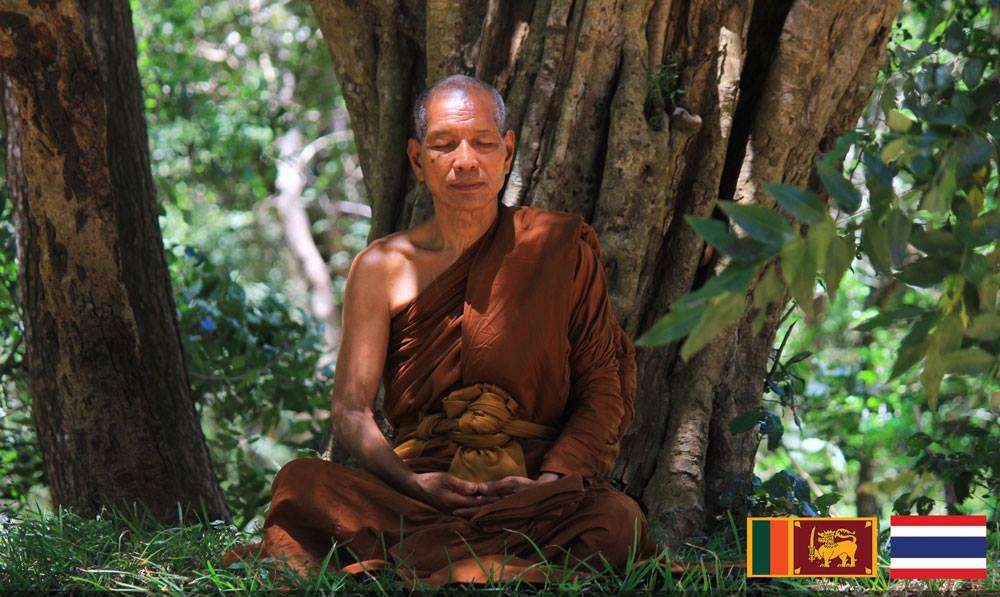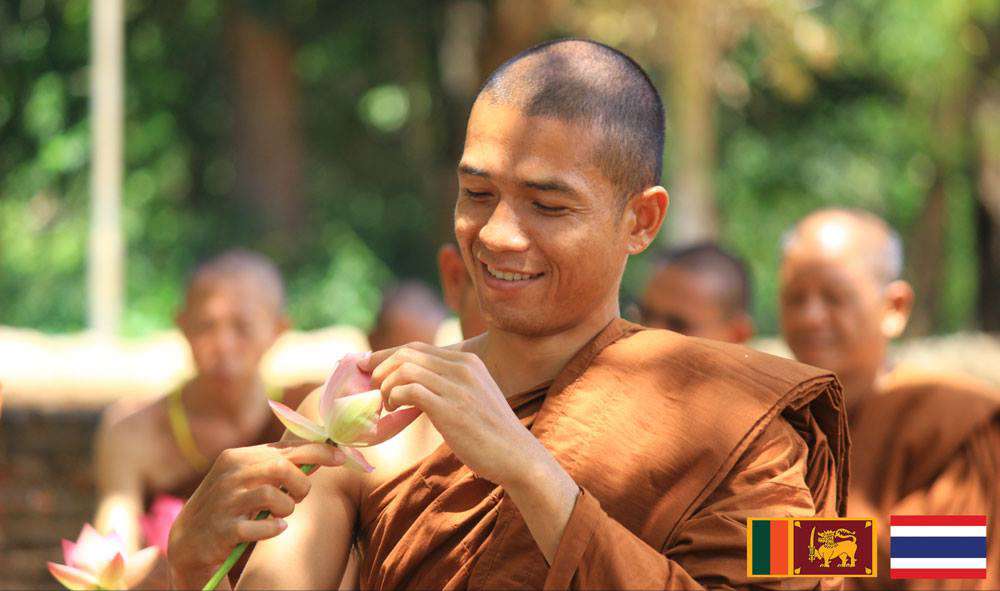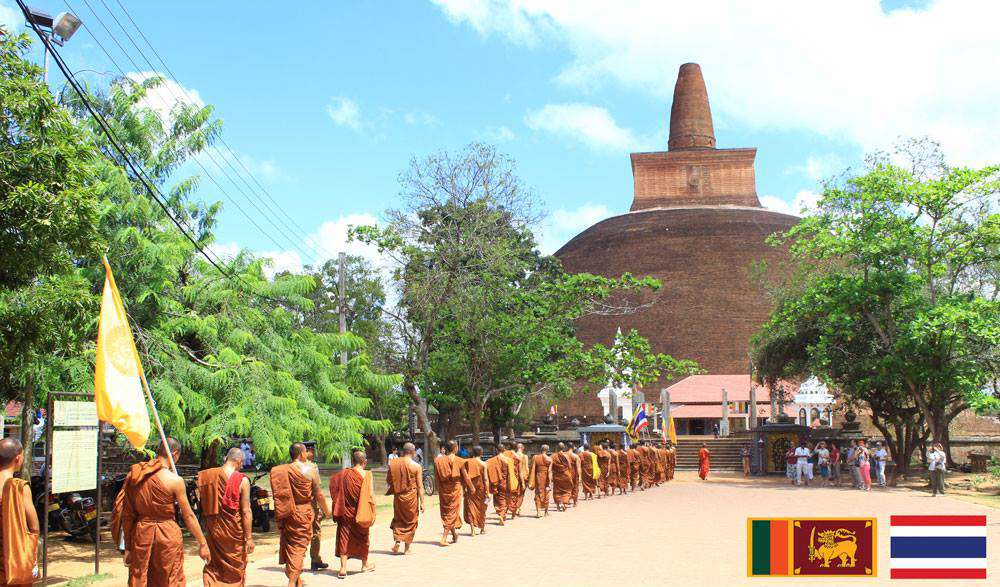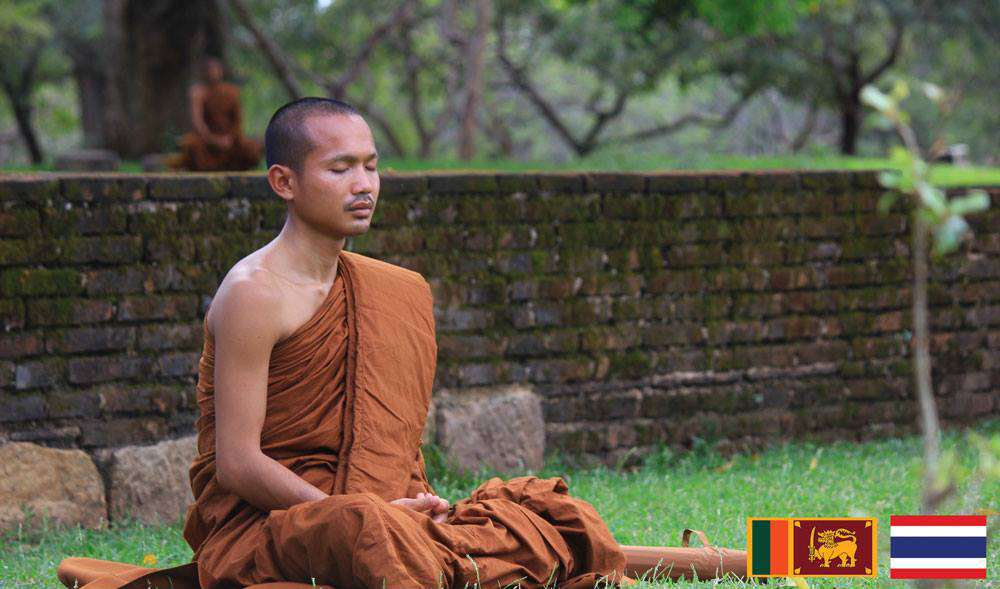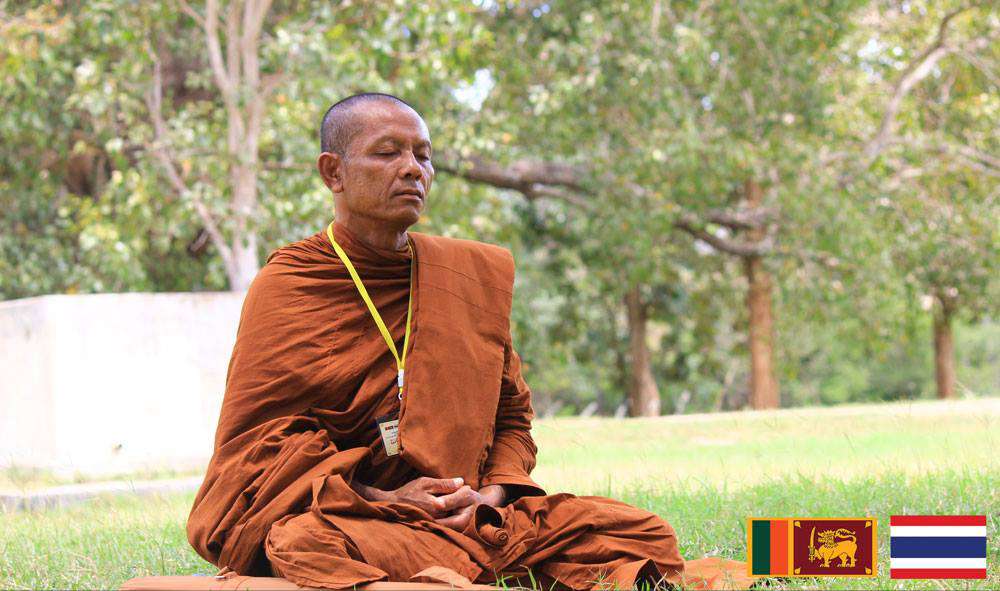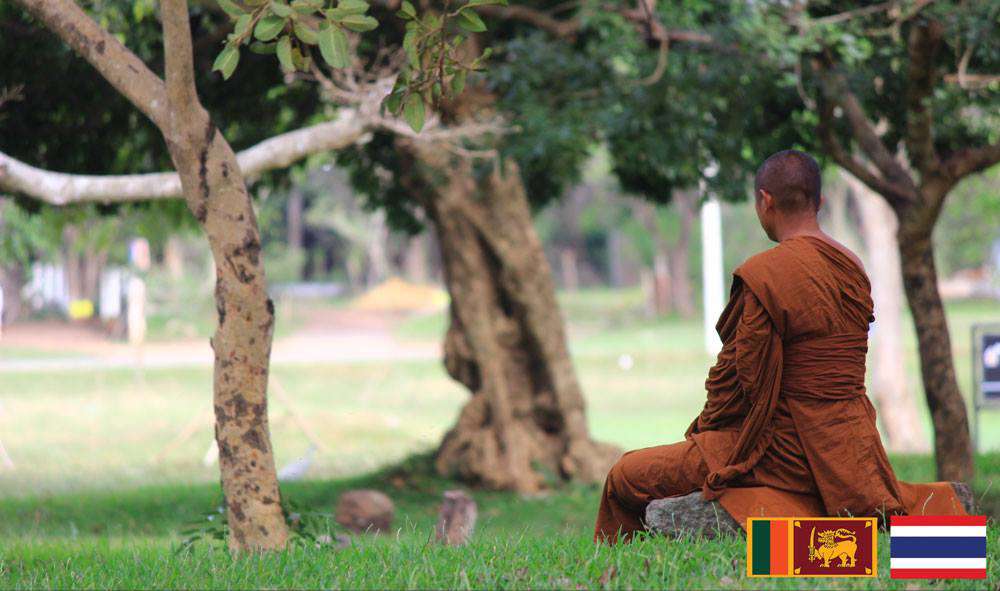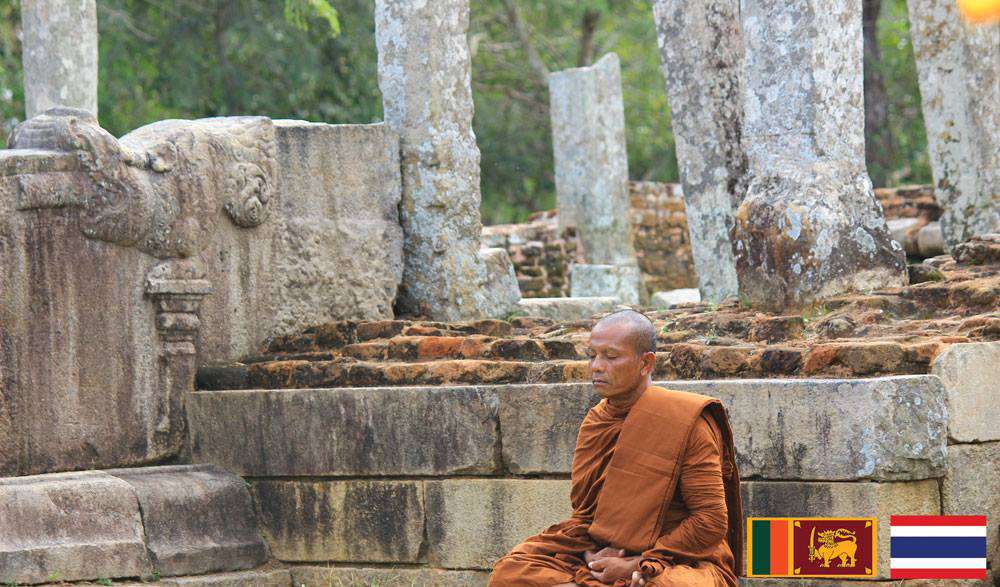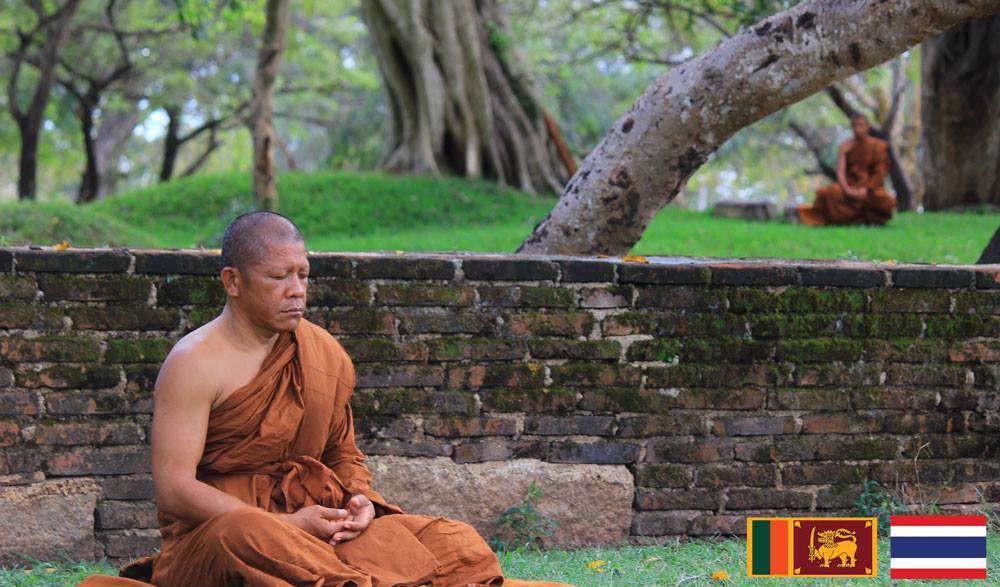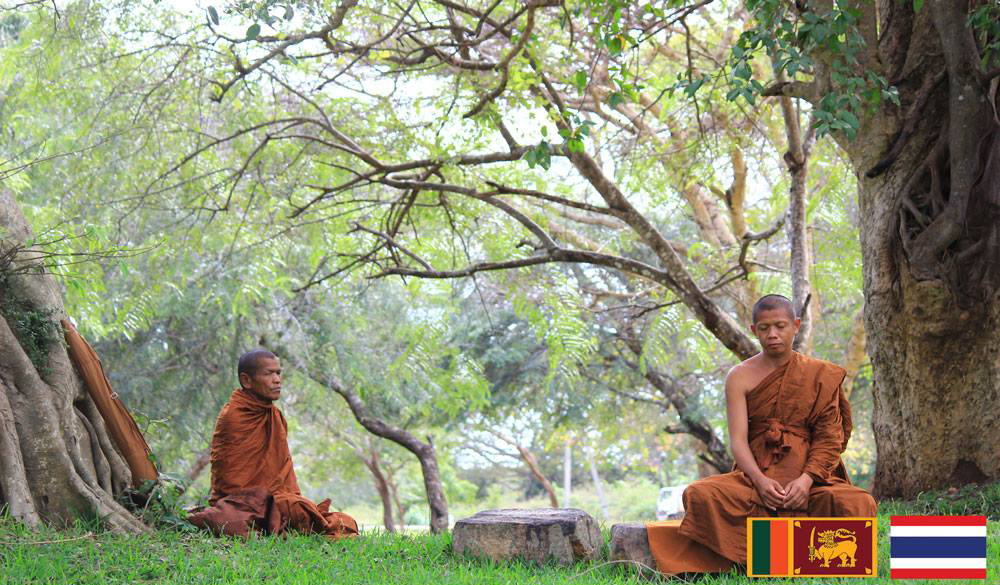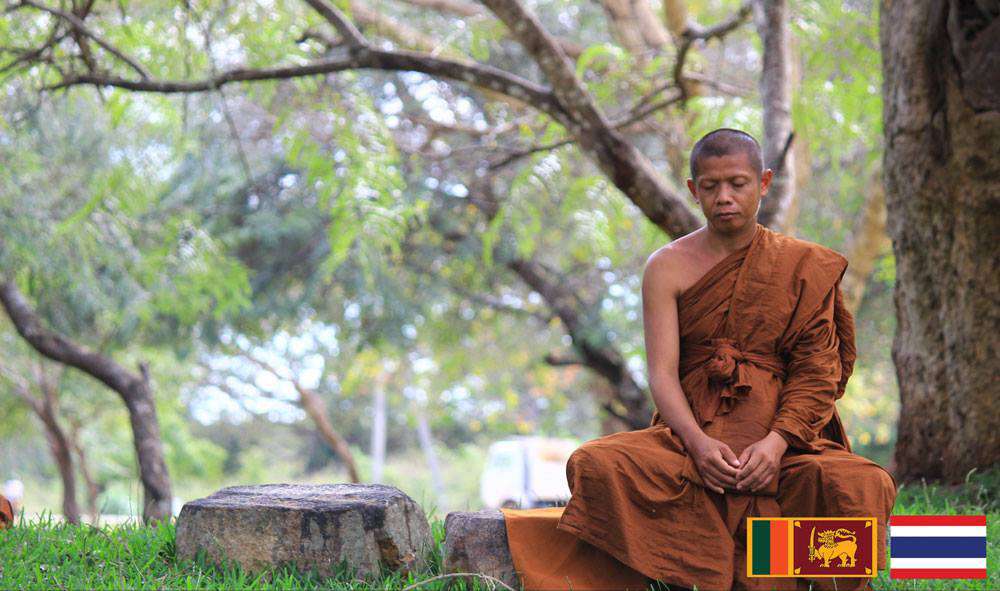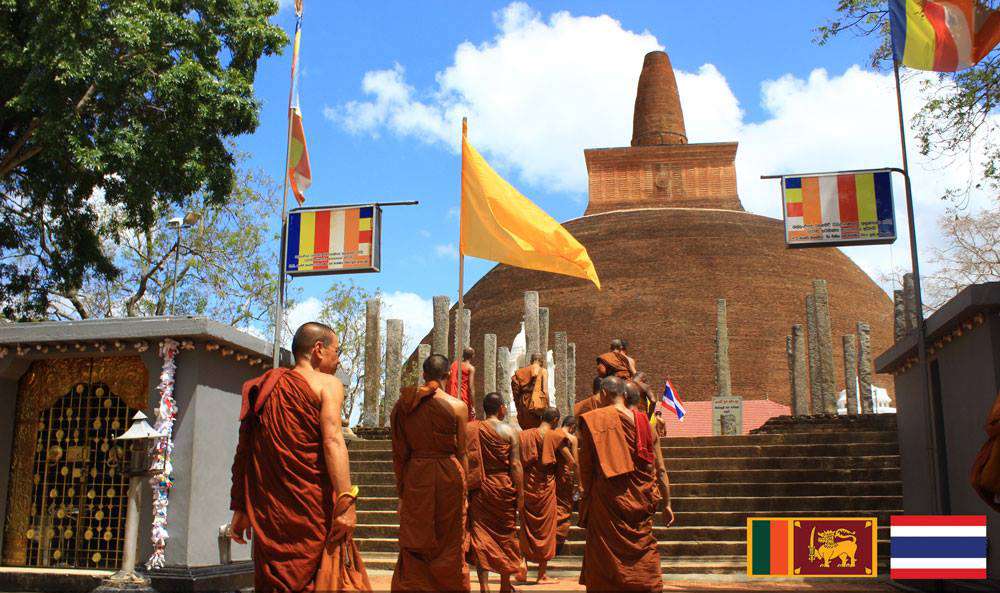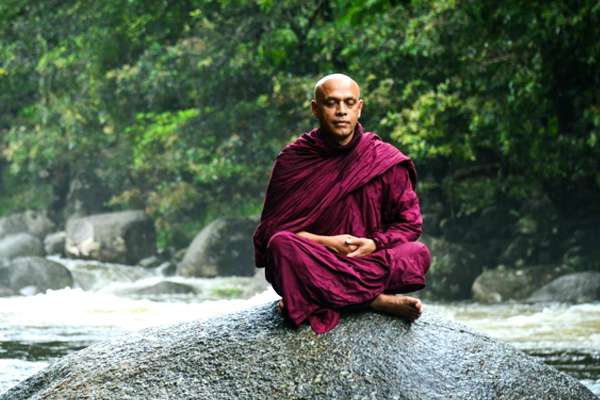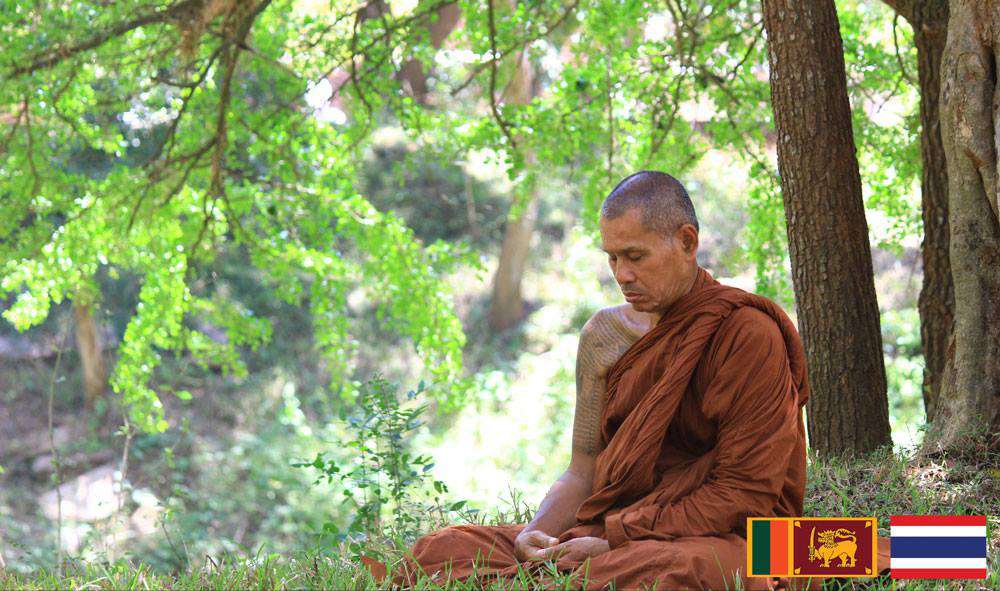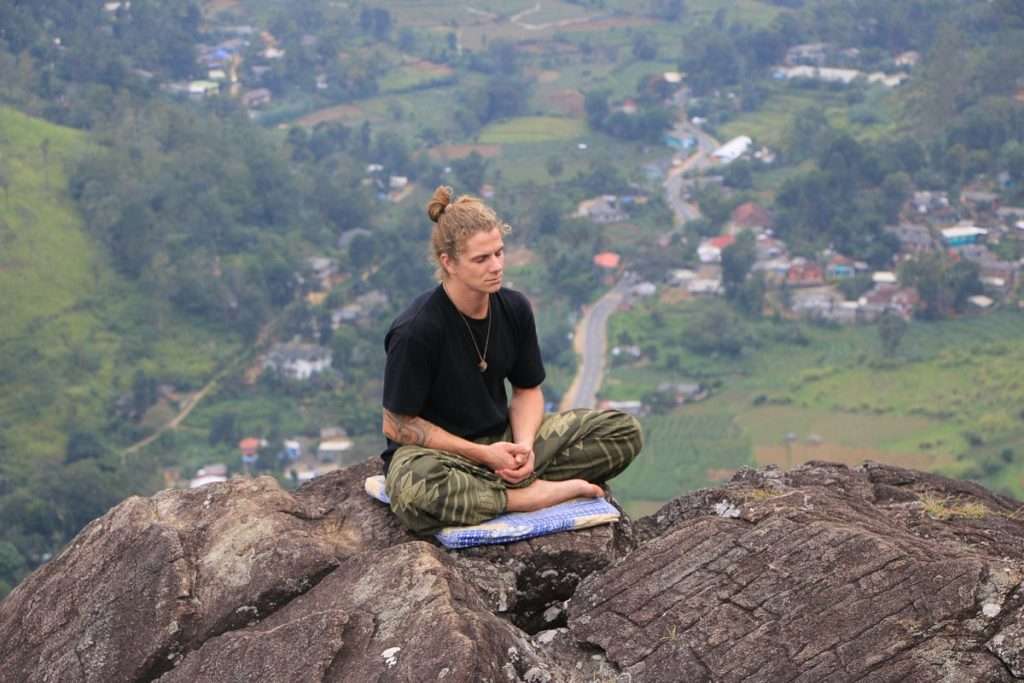
1.4 Paṭikūlamanasikāra Pabbaṁ: Section on Repulsiveness
Puna ca paraṁ bhikkhave bhikkhu / imameva kāyaṁ uddhaṁ pādatalā adho kesamatthakā/ taca pariyantaṁ pūraṁ nānappakārassa asucino paccavekkhati./ “Atthi imasmiṁ kāye, kesā, lomā, nakhā, dantā, taco,/ maṁsaṁ, nahāru, aṭṭhi, aṭṭhi miñjaṁ, vakkaṁ,/ hadayaṁ, yakanaṁ, kilomakaṁ, pihakaṁ, papphāsaṁ,/ antaṁ, antaguṇaṁ, udariyaṁ, karīsaṁ, matthaluṁgaṁ/ pittaṁ, semhaṁ, pubbo, lohitaṁ,/ sedo, medo, assu, vasā, kheḷo,/ siṁghāṇikā, lasikā, muttanti.”/
“Again, monks, a monk considers this body upwards from the soles of the feet, • and downwards from the tips of the hairs, enclosed in skin, • as full of many kinds of impurities: ‘In this body there are head hairs, • body hairs, nails, teeth, skin, • flesh, blood vessels, bones, bone marrow, kidneys, brain• heart, liver, gall bladder, spleen, lungs, • small intestine, large intestine, stomach, feces, brain • bile, phlegm, pus, blood, sweat, fat, tears, • skin oil, saliva, mucus, • fluid in the joints, and urine.’
“Seyyathāpi bhikkhave ubhato mukhā muṭoḷi / pūrā nānāvihitassa dhaññassa,/ seyyathīdaṁ,/ sālīnaṁ, vihīnaṁ, muggānaṁ, māsānaṁ, tilānaṁ, taṇḍulānaṁ./ Tamenaṁ cakkhumā puriso muñcitvā paccavekkheyya:/ “ime sālī, ime vīhī, ime muggā, ime māsā,/ ime tilā, ime taṇḍulā’ti./
“Just as though there were a bag with an opening at both ends • full of many sorts of grain, • such as hill rice, red rice, beans, peas, millet, and white rice, • and a man with good eyes were to open it and review it thus: ‘This is hill rice, this is red rice, • these are beans, these are peas, • this is millet, and this is white rice.’
Evameva kho bhikkhave bhikkhu/ imameva kāyaṁ uddhaṁ pādatalā adho kesamatthakā / taca pariyantaṁ pūraṁ nānappakārassa asucino paccavekkhati:/ atthi imasmiṁ kāye kesā, lomā, nakhā, dantā, taco,/ maṁsaṁ, nahāru, aṭṭhi, aṭṭhimiñjaṁ, vakkaṁ,/ hadayaṁ, yakanaṁ, kilomakaṁ, pihakaṁ, papphāsaṁ,/ antaṁ, antaguṇaṁ, udariyaṁ, karīsaṁ, matthaluṁgaṁ/ pittaṁ, semhaṁ, pubbo, lohitaṁ,/ sedo, medo, assu, vasā, kheḷo,/ siṅghānikā, lasikā, muttanti.”/
In the same way , monks, a monk considers this body upwards from the soles of the feet, • and downwards from the tips of the hairs, enclosed in skin, • as full of many kinds of impurities: • ‘There are in this body head hairs, • body hairs, nails, teeth, skin, • flesh, blood vessels, bones, bone marrow, kidneys, • heart, liver, gall bladder, spleen, lungs, • small intestine, large intestine, stomach, feces, brain • bile, phlegm, pus, blood, sweat, fat, tears, • skin oil, saliva, mucus, • fluid in the joints, and urine.’
Iti ajjhattaṁ vā kāye kāyānupassī viharati./ Bahiddhā vā kāye kāyānupassī viharati./ Ajjhatta bahiddhā vā kāye kāyānupassī viharati./
“In this way he dwells contemplating his own body, • he dwells contemplating others’ bodies, • and he dwells contemplating both his and others’ bodies.
Samudaya dhammānupassī vā kāyasmiṁ viharati./ Vaya dhammānupassī vā kāyasmiṁ viharati./ Samudaya vaya dhammānupassī vā kāyasmiṁ viharati./
“He dwells contemplating the arising of the body, • he dwells contemplating the passing away of the body, • and he dwells contemplating the arising and passing away of the body.
Atthi kāyo’ti vā panassa sati paccupaṭṭhitā hoti./ Yāvadeva ñāṇa mattāya, patissati mattāya,/ anissito ca viharati./ Na ca kiñci loke upādiyati./
“Mindfulness, that there is a body • is simply established in him • to the extent necessary for higher knowledge and mindfulness. He dwells independent, and not clinging to anything in the world.
Evampi kho bhikkhave bhikkhu / kāye kāyānupassī viharati./
That is how monks, a monk dwells contemplating the body in body.


